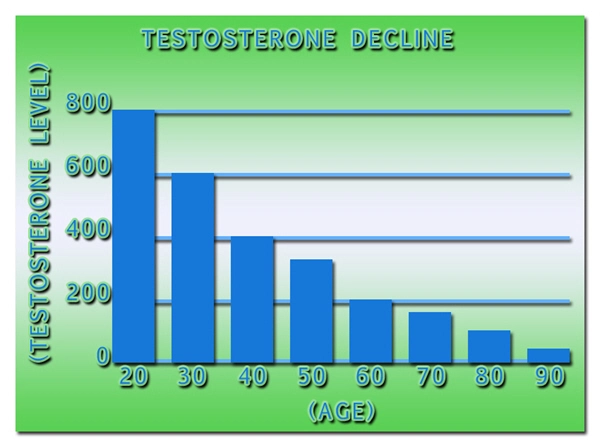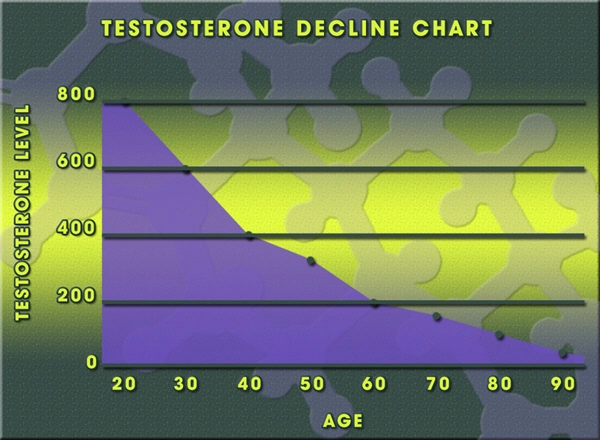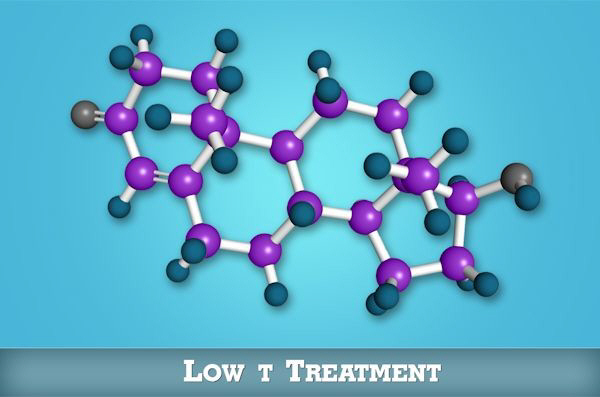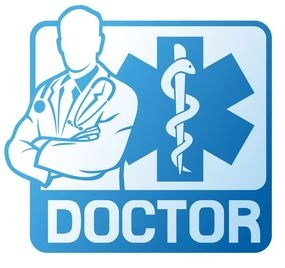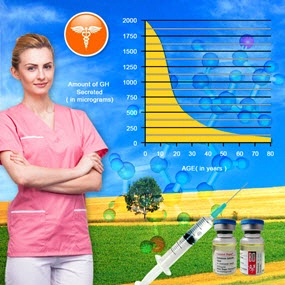
Vitamin D is essential to the natural support of Testosterone. Individuals with Vitamin D Deficiency are significantly more likely to experience suppressed Testosterone Levels or clinically Diagnosed Low-T. Having healthy levels of Vitamin D is critical to maintaining Testosterone.
Video Link: https://vimeo.com/544414125
Video Download: Click Here To Download Video
Video Stream: Click Here To Stream Video
Humans generate most of their Vitamin D via exposure to sunlight. However, there are some foods that are commonly fortified with Vitamin D. There are a few good natural food sources for Vitamin D, including fatty fish and mushrooms.
Who Is Prone to Vitamin D Deficiency?
Younger individuals in sunny climates tend to get plenty of Vitamin D, but as we get older, our bodies tend to produce Vitamin D less efficiently. These physiological changes can lead to Vitamin D deficiency, which contributes to Age-Related Low-T. In certain places where clouds are abundant and days can be cold and short, Vitamin D Deficiency is a hazard to people of all ages.
Vitamin D Deficiency and Mood
Vitamin D deficiency not only suppresses Testosterone but it also increases the risk and severity of depression and other mood-related issues. Many studies provide evidence that Vitamin D is critical to ward off depression and properly regulate mood.
 While you may not understand the science behind it, you likely recognize the disastrous effects that a lack of sunlight can cause. You get irritable more easily. You're more prone to feelings of loneliness and sadness. You even feel more fatigued and anxious. Seasonal Affective Disorder is real, and even a mild case can have a significant impact on your quality of life. For most people, sunlight exposure is the natural element with the strongest influence on mood, even more potent than rain and temperature.
While you may not understand the science behind it, you likely recognize the disastrous effects that a lack of sunlight can cause. You get irritable more easily. You're more prone to feelings of loneliness and sadness. You even feel more fatigued and anxious. Seasonal Affective Disorder is real, and even a mild case can have a significant impact on your quality of life. For most people, sunlight exposure is the natural element with the strongest influence on mood, even more potent than rain and temperature.
Aside from Testosterone, Vitamin D helps our bodies produce a critical hormone known as Serotonin. Serotonin is vital because it helps keeps us emotionally centered. It enhances mood by reducing anxiety, increasing focus, and generating a feeling of calmness. Serotonin and Melatonin work together to create a natural and healthy Circadian Rhythm, but lack of sunlight can greatly interfere with this system, leading to depression, fitful sleep, and late nights.
Along with healthier Testosterone Levels and improved mood, Vitamin D from sunlight also improves sleep, controls blood pressure, and strengthens bones.
How to Get Your Vitamin D in the Winter

While Vitamin D is important, you don't have to see sunlight every day to reap the benefits of the sunshine. Take advantage of the days when the sun is out and shining, even if it's cold out. The body and mind only need a modest amount of sunlight exposure to produce adequate Vitamin D, but if you stay hiding indoors, you'll miss out. In general, it's recommended to experience about 20 minutes of sunlight multiple times per week.
A nice walk on a brisk afternoon will do wonders for your Vitamin D, Serotonin, and Testosterone balance. The combination of sunlight and mild exercise is wonderful support for your Hormone Balance.
You may be inclined to just open the blinds to get your sunlight, but it's essential to know that the skin can't produce Vitamin D through a window because critical UVB Rays reflect off of the glass. While letting the sunshine in is still good for your soul, you'll have to brave the elements a bit to get your Natural Vitamin D in winter. While you should try your best to give your body the opportunity to make its own Vitamin D, there's no shame in purchasing a well-sourced supplement!
Contact Us Today For A Free Consultation

- Weight Loss Cure - Metabolic Cookbook - Video [Last Updated On: January 25th, 2024] [Originally Added On: July 12th, 2013]
- Qualigen Receives FDA Clearance for Its FastPack® Vitamin D Immunoassay [Last Updated On: January 25th, 2024] [Originally Added On: July 16th, 2013]
- How Julia Montes lost weight [Last Updated On: January 25th, 2024] [Originally Added On: October 4th, 2013]
- Home - Dr. Jenyons Medical Weight Loss and Rejuvenation Center [Last Updated On: January 25th, 2024] [Originally Added On: December 8th, 2013]
- Dieters Beware: Weight Loss Products May Use Deceptive Marketing [Last Updated On: January 25th, 2024] [Originally Added On: January 8th, 2014]
- FTC Announces $34 Million in Settlements with Companies Over Bogus Weight-Loss Products [Last Updated On: January 25th, 2024] [Originally Added On: January 9th, 2014]
- The Point of P3 : #3 Food Sensitivities Discovered to Help Weight Maintenance - Video [Last Updated On: January 25th, 2024] [Originally Added On: May 19th, 2014]
- The Weight Loss Black List; Twelve Dangerous Weight Loss Ingredients [Last Updated On: January 25th, 2024] [Originally Added On: May 31st, 2014]
- Getting a degree in dieting [Last Updated On: January 25th, 2024] [Originally Added On: June 10th, 2014]
- Eat your way to a hot body [Last Updated On: January 25th, 2024] [Originally Added On: June 21st, 2014]
- 7 Fad Diets You Shouldn't Try [Last Updated On: January 25th, 2024] [Originally Added On: July 19th, 2014]
- Try the cookie diet? [Last Updated On: January 25th, 2024] [Originally Added On: July 25th, 2014]
- 14 Fad Diets You Shouldnt Try [Last Updated On: January 25th, 2024] [Originally Added On: July 26th, 2014]
- B12 Injection Therapy as Part of Hormone Replacement Therapy - Video [Last Updated On: January 25th, 2024] [Originally Added On: August 12th, 2014]
- FTC continues cracking down on weight loss scams [Last Updated On: January 25th, 2024] [Originally Added On: December 13th, 2014]
- Micronutrients: The Gateway to Cellular Health Function 101 [Last Updated On: March 1st, 2024] [Originally Added On: June 24th, 2020]
- Could a Revolutionary Weight Loss Strategy Be on the Horizon? [Last Updated On: February 24th, 2024] [Originally Added On: August 19th, 2020]
- Controlling Testosterone Levels Through Diet [Last Updated On: February 12th, 2024] [Originally Added On: October 12th, 2020]
- Selecting the Ideal Intermittent Fasting Protocol [Last Updated On: January 25th, 2024] [Originally Added On: October 20th, 2020]
- Limiting the Influence of Estrogen on Male Hormone Balance Through Diet [Last Updated On: January 25th, 2024] [Originally Added On: December 31st, 2020]
- Testosterone-Boosting Foods: Nutrition for a Man [Last Updated On: September 18th, 2024] [Originally Added On: March 24th, 2021]
- Boost Your Testosterone With a Low-Calorie, Ketogenic-Focused Diet [Last Updated On: August 30th, 2024] [Originally Added On: June 1st, 2021]
- The Standard American Diet is Linked to Poor Testicular Function [Last Updated On: August 23rd, 2024] [Originally Added On: June 8th, 2021]
- Drinking Water Alone Isn’t Enough [Last Updated On: August 26th, 2024] [Originally Added On: March 22nd, 2022]
- A High-Protein Diet – Good for Testosterone Levels or Not? [Last Updated On: September 3rd, 2024] [Originally Added On: March 29th, 2022]
- Inflammatory Foods Linked to Low Testosterone [Last Updated On: September 5th, 2024] [Originally Added On: July 18th, 2022]
- Vitamins and Nutrients that Keep Hair Healthy and Vibrant [Last Updated On: August 11th, 2024] [Originally Added On: November 23rd, 2022]
- Are You a “Soy Boy”? [Last Updated On: December 3rd, 2023] [Originally Added On: February 10th, 2023]
- Finding the Origin of Prostate Cancer to Stop Cancer Before it Starts [Last Updated On: October 25th, 2024] [Originally Added On: February 13th, 2023]
- How to burn calories while walking. [Last Updated On: February 20th, 2024] [Originally Added On: June 27th, 2023]
Word Count: 593

